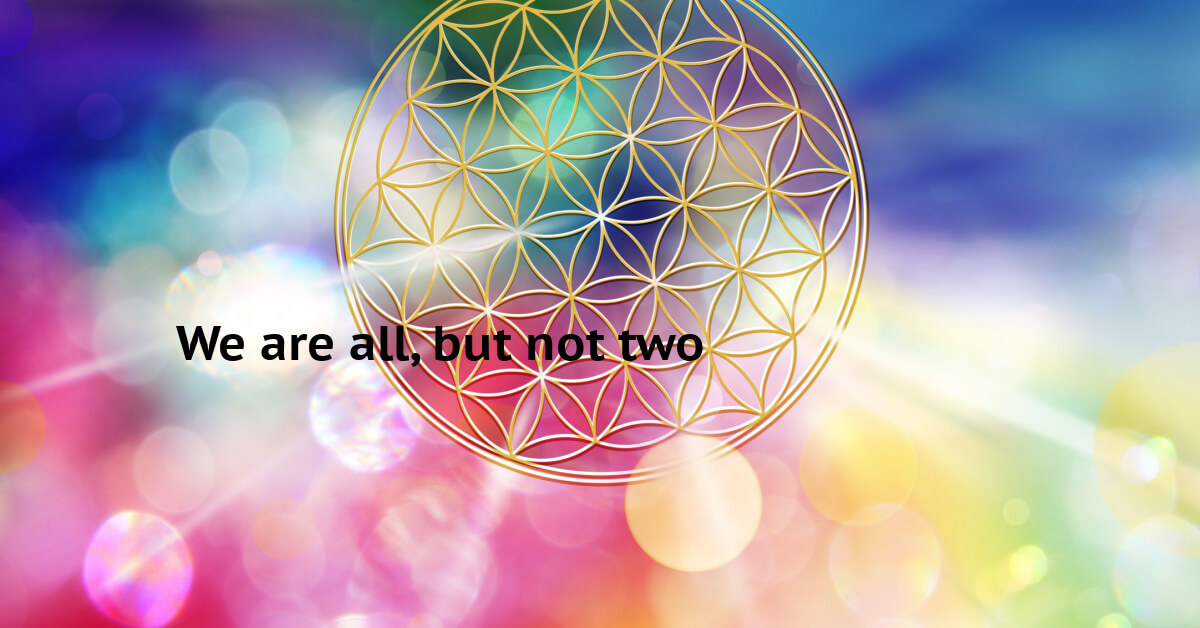June 5, 2023
Regenerative practice can never be achieved or ticked off a list. Regenerative practice is just that, practice that emerges from a set of principles. Regeneration is dynamic and ever-changing, so it cannot be a place we land and settle comfortably. While sustainability aims for balance, regeneration focuses on the dynamic change process, at every moment and in which we are active participants, rather than isolated entities.
The word regeneration comes from the Proto-Indo-European roots “*re-” (again) and “*gene-” (to give birth). Sustainability derives from the PIE root “teh₂-” (to support, but also to remain). We can visualize the difference between the two words: one focuses on maintaining support, while the other represents the perpetual process of renewal. Regeneration implies re-birth (and therefore re-death), yet this does not provide much insight into regenerative practice in education.[1]We could say “make it concrete” since concrete comes from “*kom,” (together or with) and “*ker-,” (to grow). In Latin, the word is “crescere” (to grow), so to make … Continue reading We still need a map to find our…
Footnotes
| ↑1 | We could say “make it concrete” since concrete comes from “*kom,” (together or with) and “*ker-,” (to grow). In Latin, the word is “crescere” (to grow), so to make something concrete is to allow it to grow together. Unfortunately, we tend to think of the hardened building material, so I am avoiding this term. |
|---|


